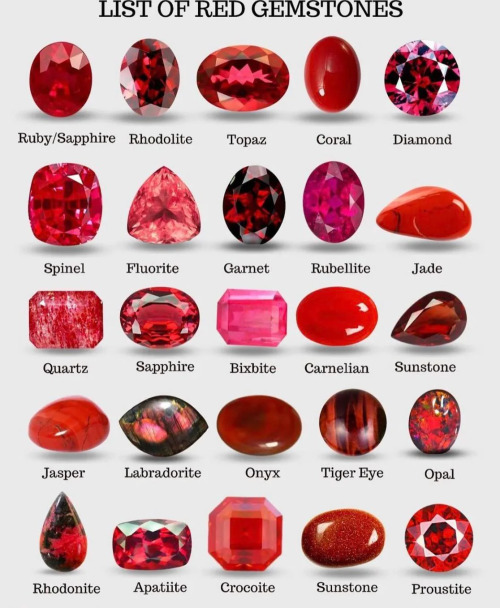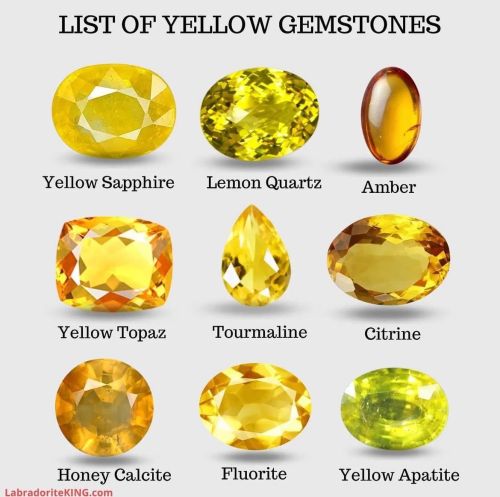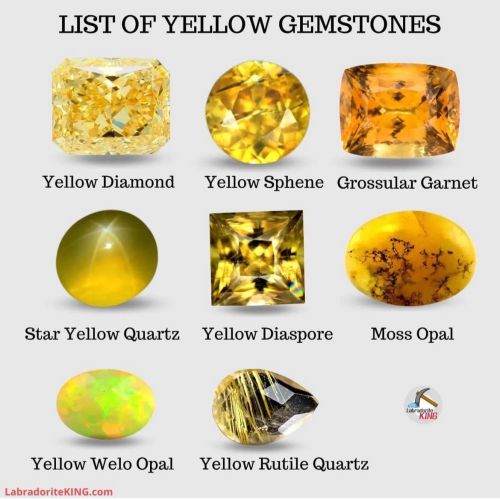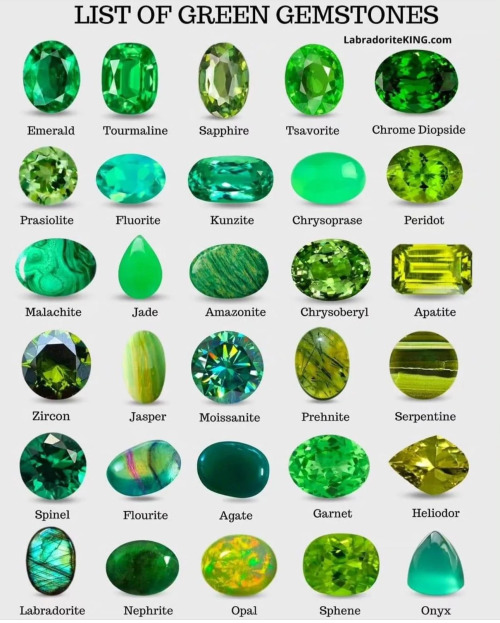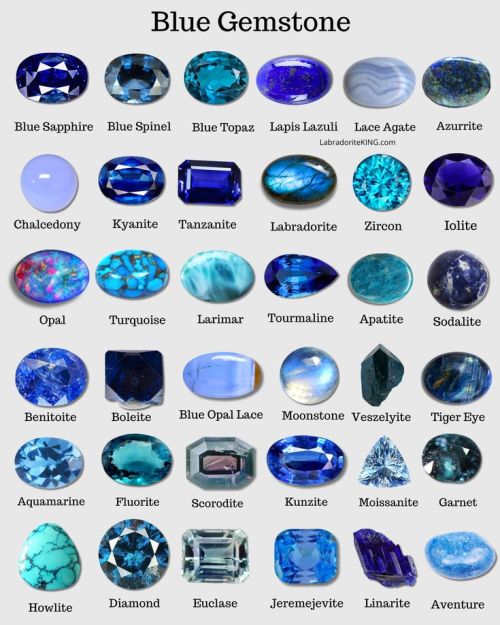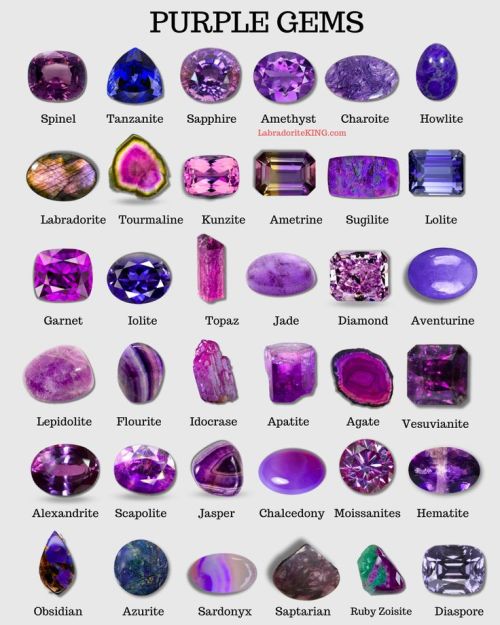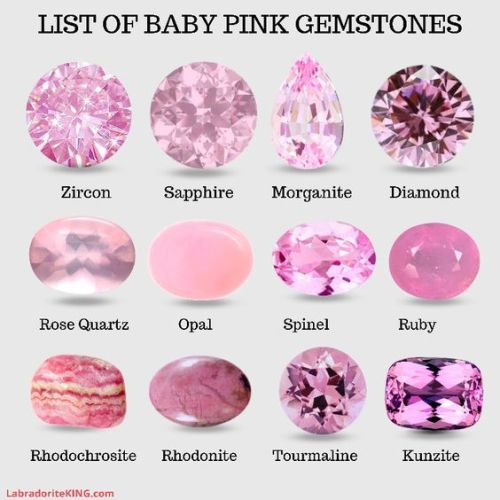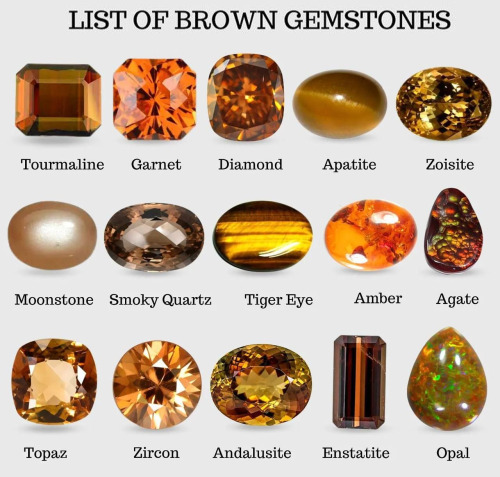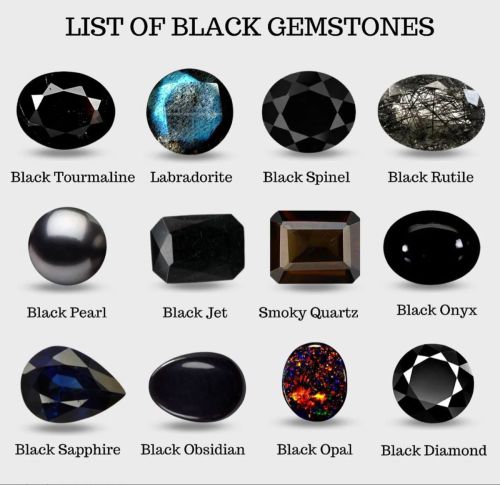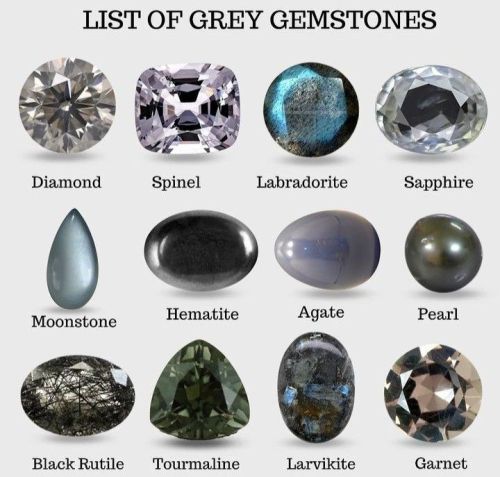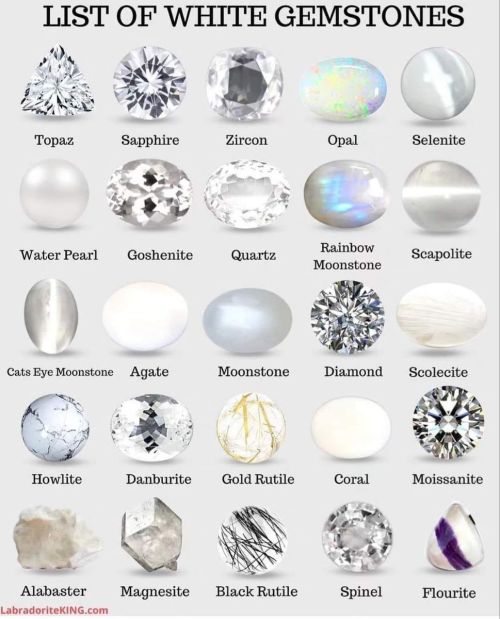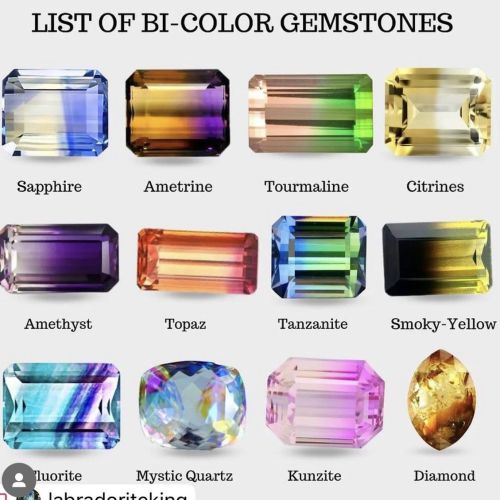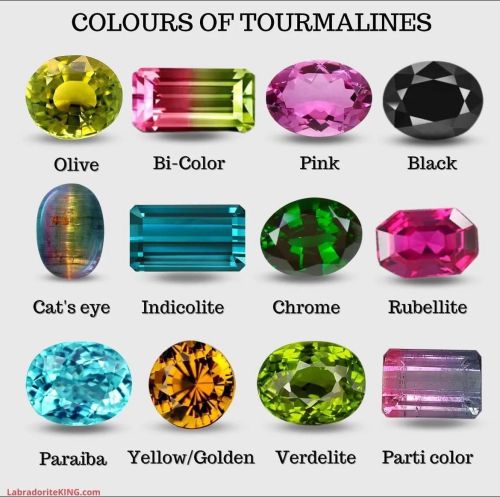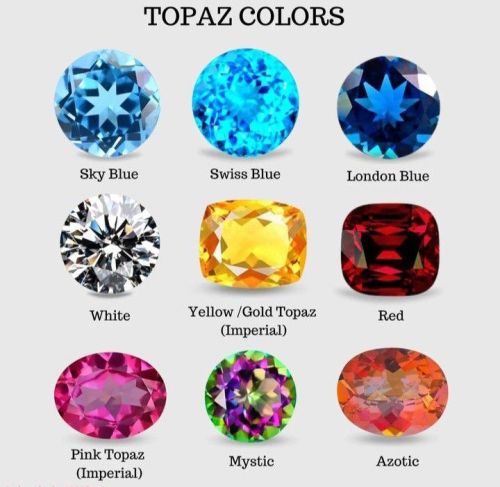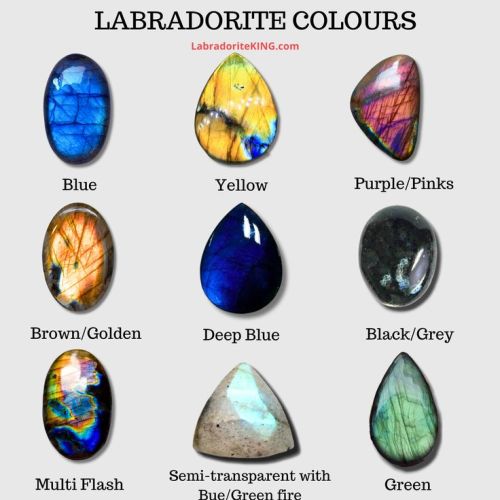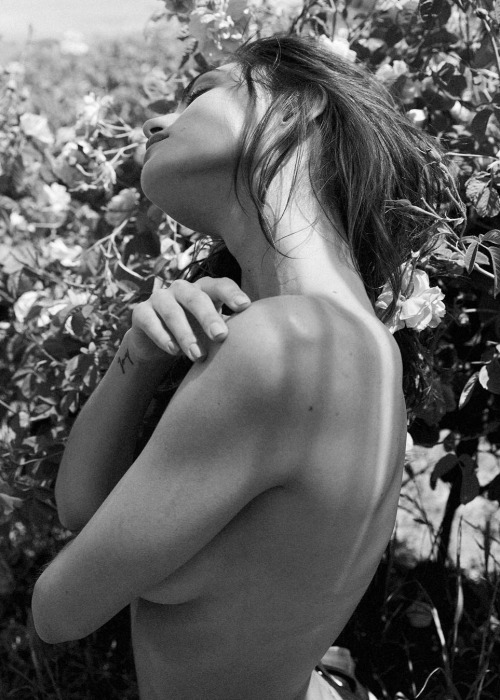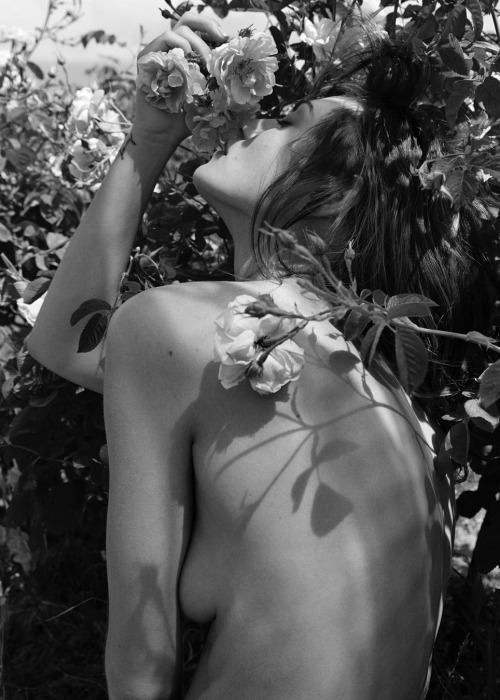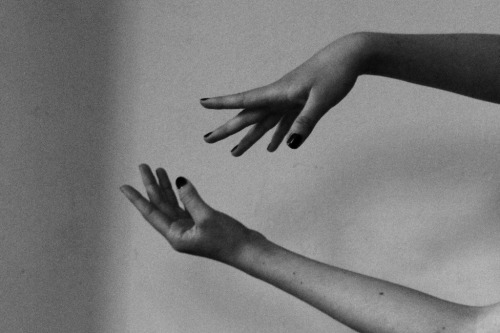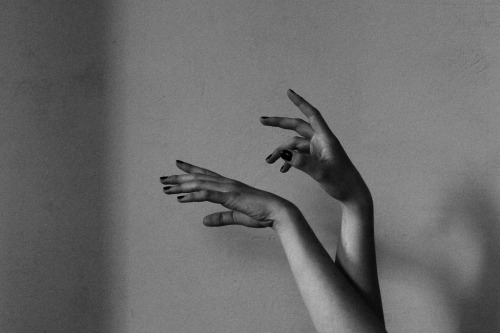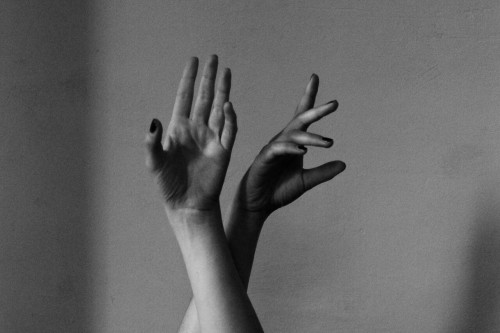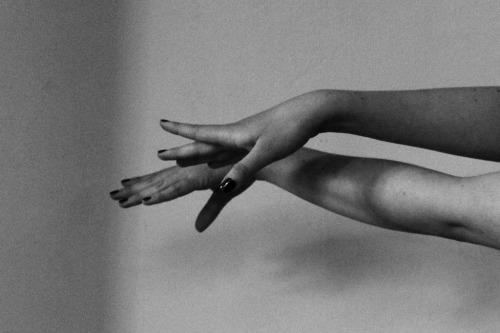Drawing Ref - Tumblr Posts
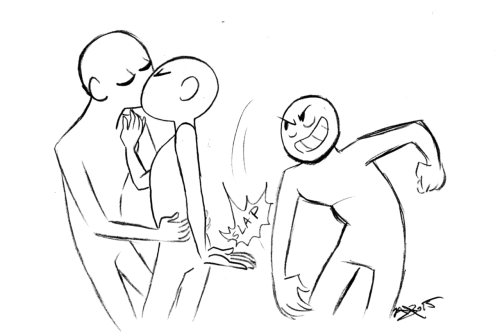

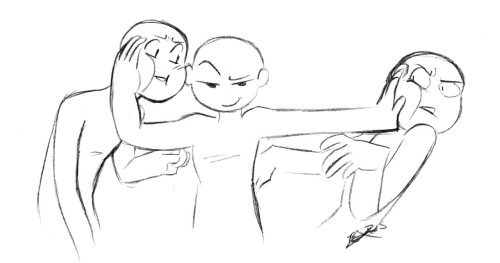

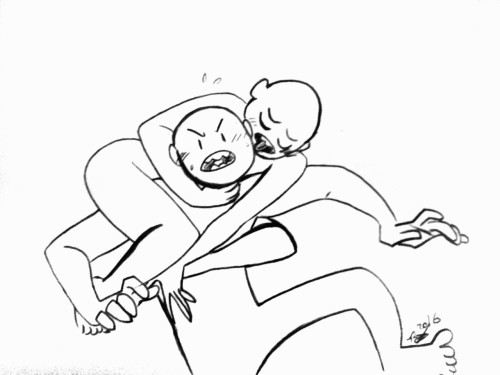
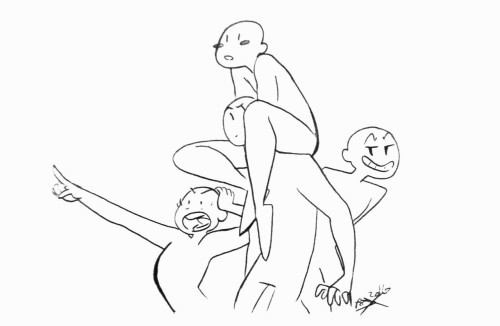
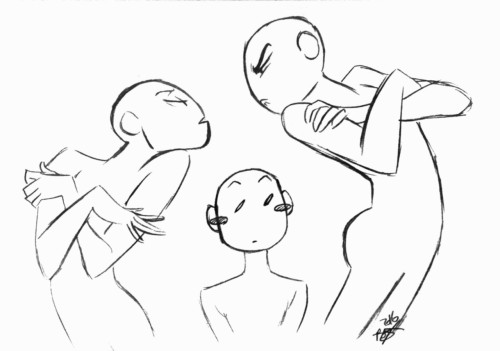
My “draw the squad” memes so far
HEY THIS IS IMPORTANT whats your favorite place to find drawing references?
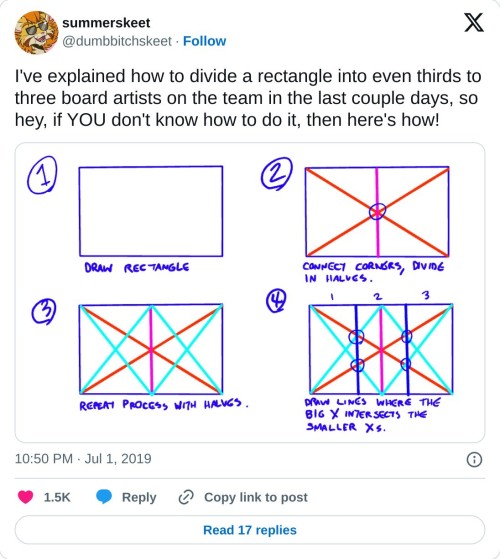
really helpful technique ^ once you know how to divide by halves and thirds it makes drawing evenly spaced things in perspective waaay easier:









Very happy to finally post my third tutorial! Thank you so much for your overwhelming support of my last tutorial, I am so happy it was useful for you guys 🙇♀️. I feel like this topic was harder to explain so feel free to ask me some questions if you want!
Like last time, I really hope this helps some of you in your art path 🙌
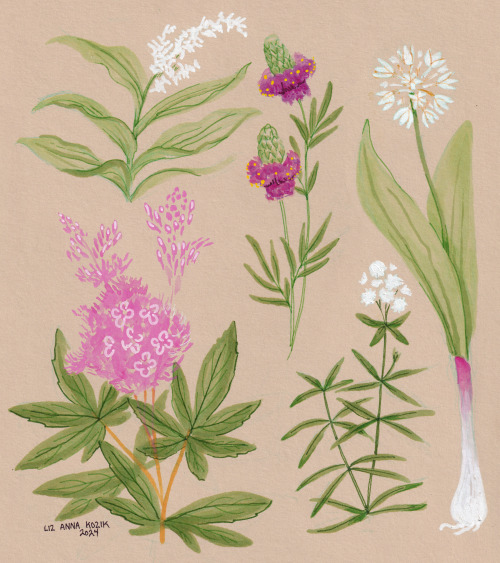
Between the dissertation burnout and a nasty depression flare up, I’ve been terrified of my drawing desk since October. So I asked twitter and insta for some plants to draw
We've got a maianthemum, purple prairie clover, an out of season wild ramp flower, queen of the prairie, and northern bedstraw for your walls!
9"x12" mixed media artwork on toned paper
Want to take it home? Here's the Etsy link, 100% of proceeds will be donated towards @thepcrf for Gazan relief Sold!
Yesssss most of my family is from France and Slovenia and I'm the only redhead in a family of brunettes. Whenever I see redheads in book to media adaptations I'm usually like "that is so obviously dyed"
A Note to Artists
When writers say ‘she was a natural redhead’ we mean this
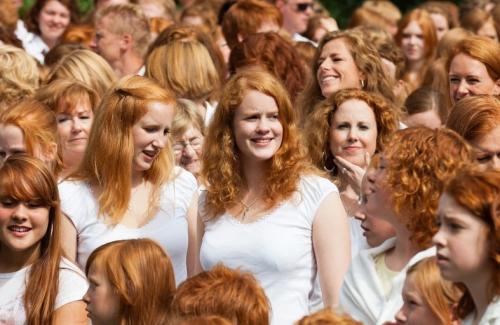

not this
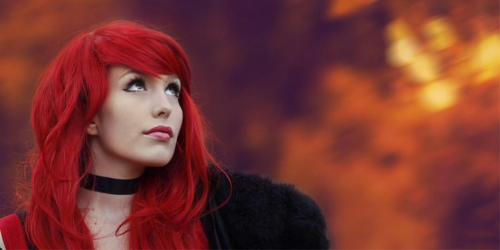


Despite the name, ‘redheads’ usually have golden, orange-ish hair, usually with pale skin and freckles as well. It can also change color depending on the time of year; winter makes red hair darker with more brunette shades, while in the summer if can go lighter from increased exposure to the sun.
Bottle red, or the last to pics, are shades you can only get from dye. Most natural redhead are from Europe, specifically Ireland, Scotland, or Wales.
And finally, despite what fanfiction says, we usually have brown eyes, not ‘emerald green’ or ‘ocean blue.’ In fact, red hair and blue/green eyes is incredibly rare. When drawing redheads, please think Weasley, not Ariel the little Mermaid.
Sincerely,
Every redhead who ever lived
Fantasy Guide to Ships, Boats and Nautical Lingo

Of all the ways to travel in fantasy and historical novels, there are two favoured ones: horses and ships. But I covered the horses already so here we have some ship terminology and kinds of ships.
Common Boat Terms

Aft/Stern - The back of a ship.
Bow - The bow is the front part of the ship, the pointy part or the place where Kate Winslet stood on in Titanic.
Port - The left side of the ship
Starboard - The right side of the ship
Windward - The wind the direction is blowing.
Hull- outside of the ship
Leeward - Or sometimes called the lee. This is the opposite direction of the wind is blowing
Boom - A horizontal pole extending from the base of the main mast. It adjusted toward the wind direction in order to harness the wind for the sails.
Rudder - The rudder is a flat piece of wood below the ship, used to steer the ship. It is connected to the wheel of the ship.
Tacking - A common sailing maneuver that involves turning the bow through the wind, to change the wind direction from one side of the ship to the other, making the boom move.
Underway- This is when the ship is moving
Astern- The ship is moving backwards
Amidships- Middle of the boat
Topside- when you move from the lower decks to the upper deck
Compartments of the ship


Most ships would have compartments inside the hull and underneath the deck.
Cabins- most war ships and merchant ships would only have one or two main cabin occupied by the captain and higher crew.
Galley- The kitchen on board the ship. The galley would be fitted with tables and cabinets. Galleys were built in such a way that they were more resistant to the heaving of the ship. Most galleys were built with special stoves to stop people from colliding with them and things from spilling out of pots and pans.
Wardroom- some ships are built with a common room for the crew. The wardroom acted as a common room as well as a dining room. It would usually be conjoined with the galley.
Sick Bay- is the compartment of the ship that is given over to the injured and sick. The sick bay would hold the medicines and medical devices and would often be under lock and key.
Hold- This will be the largest compartment in the ship were the cargo or the ship's weapons.
Crew and Positions aboard the Ship

Captain
When we think of captains we imagine them as blackhearted slave drivers (something akin to managers in the customer service industry) but on further research you will find that is not true. There are two kinds of Captains you find in history. Pirate captains and Legitimate Captains. Pirate captains were elected by their merit in battle and dedication to the crew. They were considered equal to the crew, only taking full charge during raids and battles. In the Navy or any legal-bound ship, captains were selected by rank and wealth. There was no equality between captain and crew as in pirate ships. Legal ships were Capitalists and the Pirates were Democratic.
First Mate
First Mate is the captain's deputy. They act as captain when the captain cannot. This was mainly seen in Navies and merchant ships as Pirates usually placed their quartermaster as their deputies.
Quartermaster
The Quartermaster was in charge of ensuring that the ship ran smoothly, rather like the ship's HR manager. The Quartermaster was in charge of supplies and had certain powers such as being able to punish the crew for minor infractions.
Sailing Master
These were officers in charge of piloting the ship. They would have to be educated enough to read a map and was a much desired position because it was a fair paying job. Pirates usually kidnapped sailing masters from ships they attacked to use aboard their own ships.
Gunner
Gunners were the overseers of any many qualified to load and fire guns. They were in charge of aiming cannons and making sure the crew were safely using guns. Most the guns were loaded by young boys called powder monkeys.
Boatswain
Boatswains or junior officers would act as supervisors, watching over the crew as they did their duties. If things were not going well they reported to the captain or quartermaster to punish the crew.
Surgeons
Surgeons handled any diseases and wounds. Since being at sea limited the amount of medicine available. Most ship's surgeons were forced to cut off limbs to avoid infection pike gangrene. Surgeons may not always be found on ships. Cooks or carpenters were often pressed to do amputations: meat was meat and cutting was cutting.
Cooks
All ships needed somebody to cook. Navies and merchant ships would often have trained cooks while on pirate ships it was just a crewmember who was handy in the kitchen.
Kinds of Ship

(Not a complete list, may post more later.)
Brig- A brig is the ship that one most thinks of when you think of a ship. The brig is a large vessel, set with a pair of square-rigged masts. Brigs were fast ships and highly maneuverable. They were used as merchant ships and warships.
Galley- The galley is propelled via oars. The hull is long and slender and most of them featured larger sails. Galleys often were rowed by slaves and used in war.
Galleon- Galleons were large ships, built with multiple decks, carrying three or more masts with square raised stern. The Galleon was usually rigged with square sails on the fore-mast and main-masts.
Caravel- The caravel was a small ship with triangular sails, famed for its manoeuvrability and speed.
Longship- The longships were the ships of the Vikings. They were slender ships, narrow. They were able to keep afloat in shallow waters as well as the deep sea. Longships were able to reverse quickly, a very important skill. The longship was a warship, a raider's ship propelled by oars.
Carrack- the carrack was a large ship, often built with mass cargo holds making the most popular ship to go on long voyages on. The carrack had three or four masts.
Cog- This ship was a large vessel, the hull wide and large. The ship is propelled by a great single sail flown from a tall mast.
Junk- The junk or Chinese junk was a kind of coastal or river ship used as merchant ships, pleasure ships and sometimes houseboats. They are small ships and made with battened sails rather resembling wings.
Trireme- the trireme was a slender ship set with three banks of oars pulled by one man each. The trireme had a concave hull and usually had an underwater ram at the prow of the ship.
For @viola-cola
hot artists don't gatekeep
I've been resource gathering for YEARS so now I am going to share my dragons hoard
Floorplanner. Design and furnish a house for you to use for having a consistent background in your comic or anything! Free, you need an account, easy to use, and you can save multiple houses.
Comparing Heights. Input the heights of characters to see what the different is between them. Great for keeping consistency. Free.
Magma. Draw online with friends in real time. Great for practice or hanging out. Free, paid plan available, account preferred.
Smithsonian Open Access. Loads of free images. Free.
SketchDaily. Lots of pose references, massive library, is set on a timer so you can practice quick figure drawing. Free.
SculptGL. A sculpting tool which I am yet to master, but you should be able to make whatever 3d object you like with it. free.
Pexels. Free stock images. And the search engine is actually pretty good at pulling up what you want.
Figurosity. Great pose references, diverse body types, lots of "how to draw" videos directly on the site, the models are 3d and you can rotate the angle, but you can't make custom poses or edit body proportions. Free, account option, paid plans available.
Line of Action. More drawing references, this one also has a focus on expressions, hands/feet, animals, landscapes. Free.
Animal Photo. You pose a 3d skull model and select an animal species, and they give you a bunch of photo references for that animal at that angle. Super handy. Free.
Height Weight Chart. You ever see an OC listed as having a certain weight but then they look Wildly different than the number suggests? Well here's a site to avoid that! It shows real people at different weights and heights to give you a better idea of what these abstract numbers all look like. Free to use.

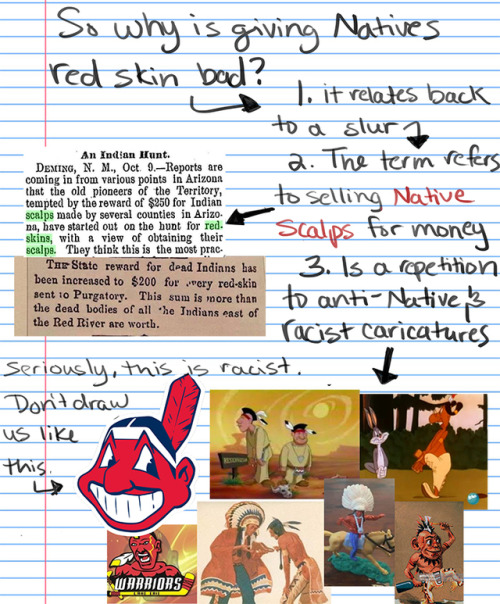
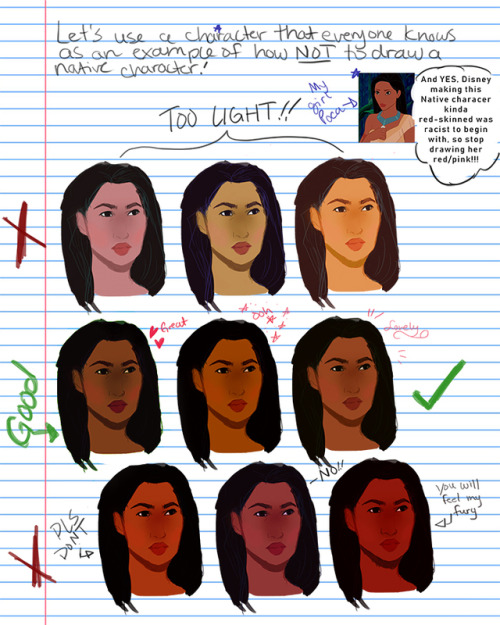
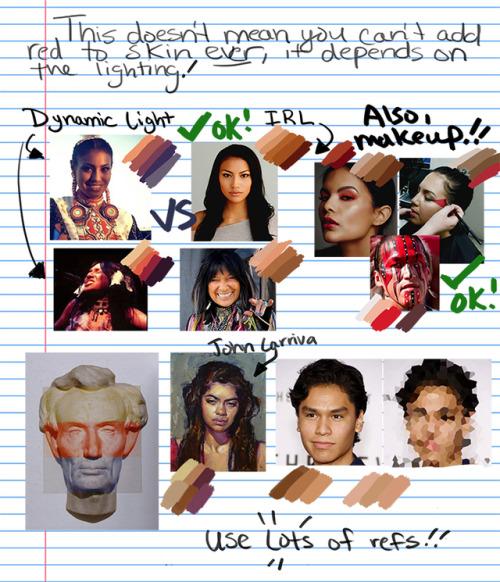
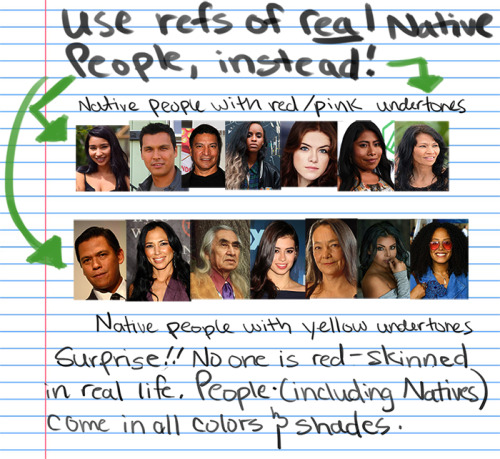
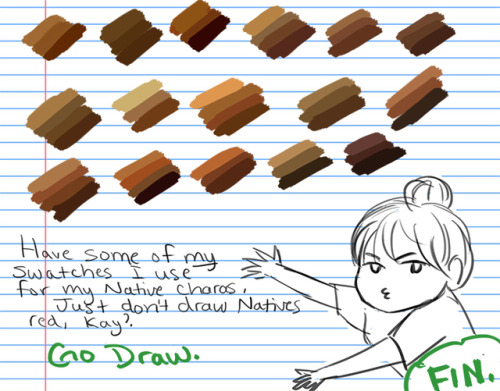
How I draw skin Part 2: DON”T DRAW NATIVE PEOPLE WITH RED SKIN!!!! A tutorial
For the first tutorial on how I draw skin, see the post here.
But seriously, I’ve seen too many drawings of Native characters with literal red/pink skin to count so just in case some of you are having troubles with drawing Native people, I’ve provided a guide for you. Please take my swatches if it helps!! and no more red skinned people, please <0<
Disclaimer: this tutorial is mainly about the artistic depictions of Indigenous Peoples in North America, where the slur and redskin caricature originated, but it would still be racist to draw other non-North/Central/South American Indigenous groups like this so…..don’t.
ive seen some posts lately about drawing diversity with actually diverse features, aka instead of just having a black character, drawing the character with nigerian features or instead of just drawing a vaguely indigenous character draw them with features from a specific tribe/area and in any case i figured you might want to check out this site because its a world map where you can click anywhere and it’ll show you different human phenotypes based on region and really goes into showing many types of people. like im making a chilean character so clicked on chile and it showed me this

which pops up this and this


its just a pretty neat website to really become better at diversifying and strengthening your character designs





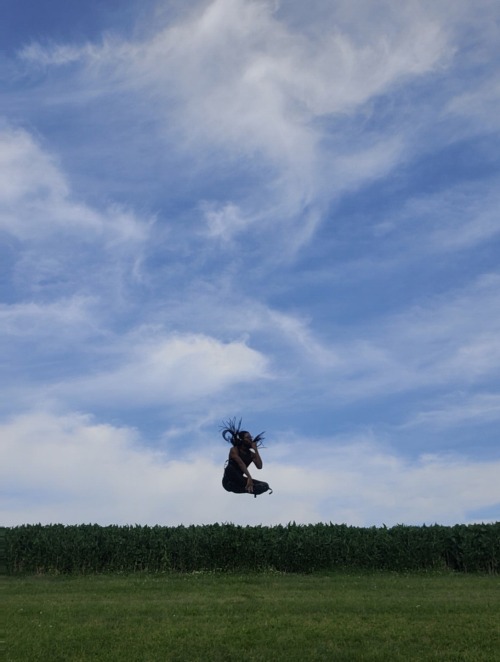

I learned recently one of the things that brings me the most joy in taking pictures that catch me midair
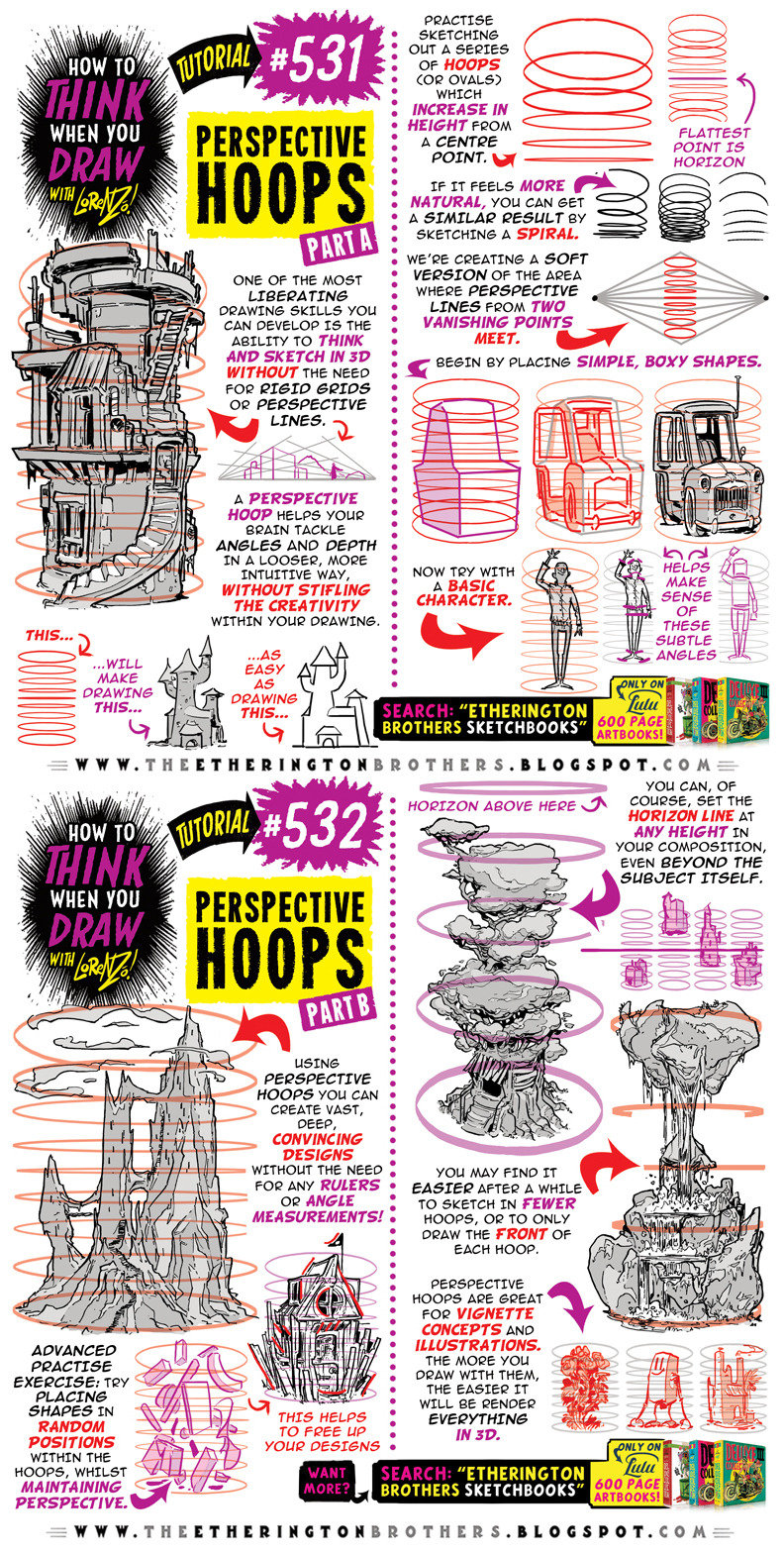
PERSPECTIVE HOOPS! I’m creating the world’s first true ENCYCLOPEDIA of drawing tutorials under the hashtag #howtoTHINKwhenyouDRAW, all of which is FREE for EVERYONE, FOREVER - you can see EVERY TUTORIAL on OUR MASSIVE INSTAGRAM HERE and OUR GIANT TWITTER HERE! PLUS! CLICK HERE for 300 EXTRA FREE TUTORIALS! Lorenzo!
Hey. Don't cry. Art Models Life Nudes For Drawing Painting And Sculpting for free on the Internet Archive
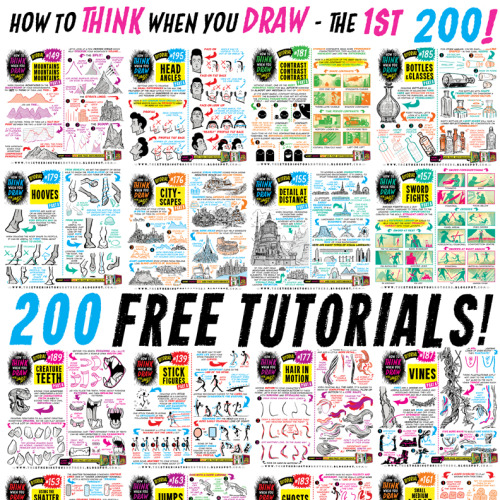
The ONLY WAY to combat the lack of funding in arts education is for professionals to take a few hours a week to share their skills for FREE, to empower and encourage the next generation of artists. THIS IS WHAT THE INTERNET IS FOR. Here’s 200 tutorials:
How to draw ANGRY EXPRESSIONS How to draw BATTLE DAMAGE How to draw BIRD HEADS How to draw BOOKS How to draw BOTTLES and GLASSES How to draw BOXES How to draw BREAKING GLASS How to draw BRICKWORK How to draw CABLES and WIRES How to draw CAR CHASES How to draw CATERPILLAR TRACKS How to draw CAVES How to draw CHARACTERS (3-SHAPES) How to draw CHARACTERS (FLIPPED-SHAPES) How to draw CHARACTER SHAPES How to draw CITYSCAPES How to draw COMIC COVERS How to draw COMPOSITION How to draw CONTRAST How to draw CONVERSATIONS How to draw CREATURE TEETH How to draw CROSS-CONTOURS How to draw DETAIL AT DISTANCE How to draw EARS How to draw FABRIC How to draw FEET & SHOES How to draw FEMALE HANDS PART ONE How to draw FEMALE HANDS PART TWO How to draw FLAGS How to draw FOOD TRUCKS How to draw FOREGROUND MIDGROUND BACKGROUND How to draw GAME BUILDINGS How to draw GEMS and CRYSTALS How to draw GHOSTS How to draw GIRL’S HAIR How to draw GOLD How to draw GRASS How to draw HAIR (1940s styles) How to draw HAIR IN MOTION How to draw HAPPY EXPRESSIONS How to draw HEAD ANGLES How to draw HOOVES How to draw HORNS How to draw HORSE HEADS How to draw IMPACT DEBRIS How to draw IN 3D How to draw INTEGRATING LOGOS How to draw INTERIOR BASICS How to draw IN-WORLD TYPOGRAPHY How to draw JUMPS How to draw JUNGLE PLANT CLUSTERS How to draw JUNK HOUSES How to draw LAMP POSTS How to draw LAVA How to draw LIGHTNING and ELECTRICITY How to draw MECHANICAL DETAILS How to draw MUSHROOMS and FUNGUS How to draw MONSTER HEADS How to draw MONSTER TENTACLES How to draw MONSTER TRUCKS How to draw MOUNTAINS How to draw NEGATIVE SPACE How to draw NEWSPAPERS How to draw NOSES How to draw OVERGROWN VEGETATION How to draw PEBBLES AND GRAVEL How to draw PERSPECTIVE BOXES How to draw PIGS How to draw PILLOWS and CUSHIONS How to draw POD HOUSES How to draw POURING LIQUID How to draw ROBOT ARMS How to draw ROCK FORMATIONS How to draw RUNNING FIGURES How to draw SAND How to draw SAUSAGE DOGS How to draw SEA WEED How to draw SHADOW COMPOSITION How to draw SHOULDER ARMOUR How to draw SIEGE WEAPONS How to draw SILHOUETTE THUMBNAILS How to draw SMALL FLAMES How to draw SMALL, MEDIUM, LARGE How to draw SMOKE EFFECTS How to draw SNOW How to draw SPACE BIKES How to draw SQUIRRELS How to draw STICK FIGURES How to draw SWORD FIGHTS How to draw THE HORIZON How to draw TIKI STATUES How to draw TREASURE CHESTS How to draw TREE BARK How to draw TREE ROOTS How to draw USING THE SHATTER TECHNIQUE How to draw VEHICLE STANCE How to draw VINES How to draw VINTAGE PLANES How to draw WATER How to draw WOODEN HOUSES


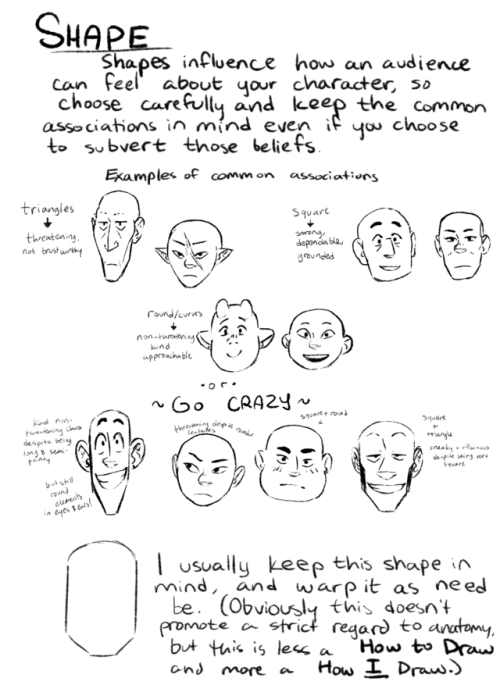


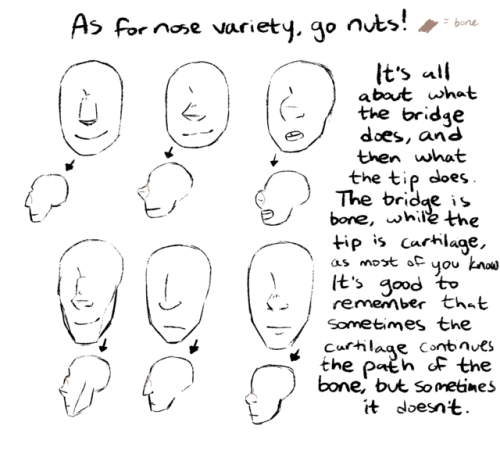



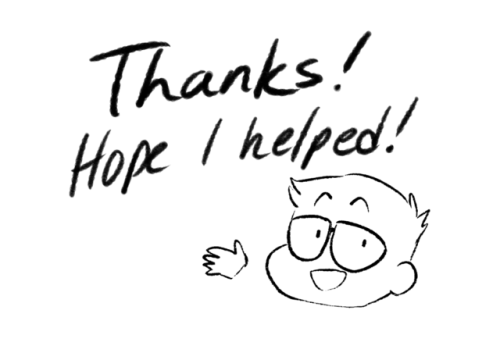
i didn’t mean to make this so long but i wanted to both analyze my own style and give other people a look into it! I hope someone can find some use for it!


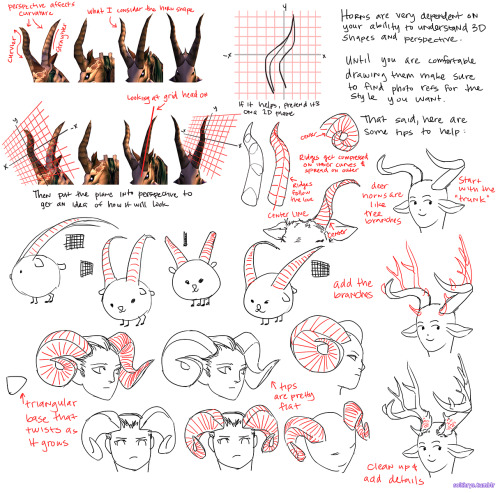
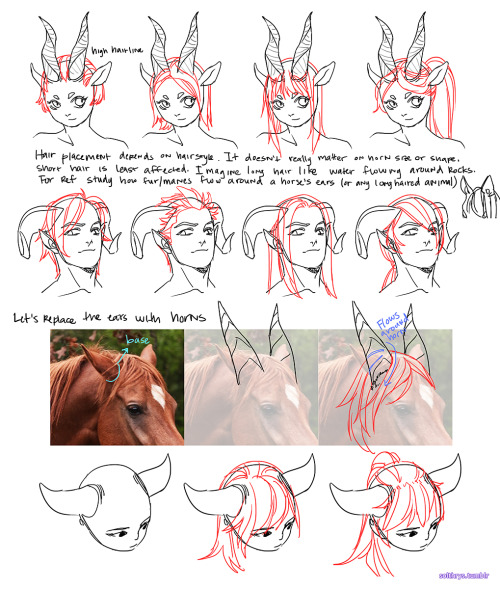
@ripwitch
Horns are tough since they’re complex 3D shapes that often overlap. Until you’re comfortable with them I’d highly suggest always looking up ref pics of the type you want or try to buy a set so you can move them around to see how perspective distorts them.
